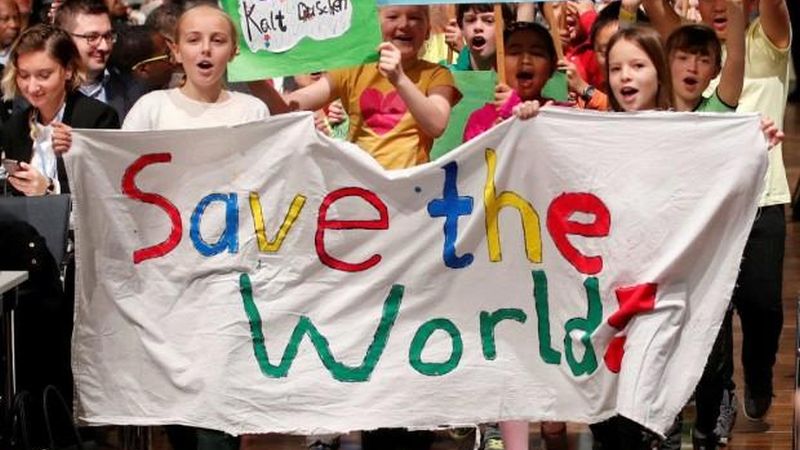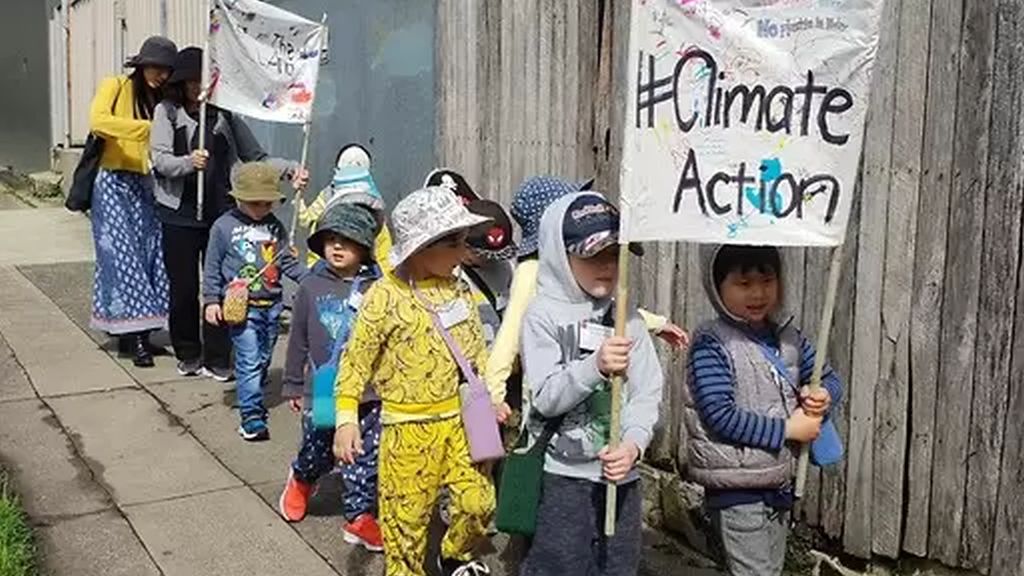Understanding Children’s Activism: Exploring Participation and Social Change
Children’s activism has emerged as a recognized and important form of political participation within international children’s rights organizations and academic literature. The term “activism” is gaining visibility and being used by a diverse range of actors, including children and young people themselves, child-focused organizations, and media and political institutions. This article delves into the concept of children’s activism, its historical context, defining characteristics, and the implications it holds for fostering social change.
Recognizing Children’s Activism: A Form of Participation
Children’s activism is increasingly acknowledged as a significant mode of participation in international children’s rights organizations and academic literature. It amplifies children’s voices, perspectives, and agency in decision-making processes, highlighting their role as active citizens. By recognizing children’s activism, we validate their political engagement and contribute to the broader understanding of their rights and capabilities.
The Rise of Activism: Terminology and Actors
The term “activism” has gained prominence within the discourse of children’s participation, adopted by children and young people, child-focused organizations, and media and political institutions. This increased usage signifies a shift in recognizing children’s agency and political engagement. By using the language of activism, children and young people assert their role as change agents and demand their rights to be heard and taken seriously.
Examining Children’s Activism: Scholarship and Practice

Children’s activism is explored within the institutional field of children’s participation scholarship and practice. It is an evolving concept that contributes to the understanding of children’s political agency and the dynamics of their participation in societal processes. Researchers and practitioners examine the various forms of children’s activism, its motivations, strategies, and outcomes, aiming to develop frameworks and guidelines to effectively support and nurture children’s participation.
Bridging the Gap: Insights from Youth Activism Literature
The academic literature on youth activism provides valuable conceptual tools and insights that can be applied to understanding and defining children’s activism. Incorporating knowledge from youth activism research enriches our understanding of children’s political engagement. The experiences, challenges, and successes of youth activists can inform strategies and approaches for supporting children’s activism. By bridging the gap between children’s participation and youth activism, practitioners and researchers can foster collaboration and shared learning.
Defining Children’s Activism: Characteristics and Implications
Children’s activism encompasses a wide range of practices and actions that aim to bring about social change. It operates within or challenges the normal rules of institutional arenas, and it may rely on persuasion or employ other forms of pressure to achieve its goals. Children’s activism can occur in various spaces, whether local or global, and can be focused on different institutions such as schools, governments, corporations, or cultural narratives.
The approach to a space is more crucial than the space itself in activism. Activism involves a wide variety of tactics and practices, and its goals can include shaping public opinion, influencing decision-makers, meeting immediate needs, building collective power, and engaging in direct action. An activist approach to social change is characterized by collectivity, shared visions, and action in concert with others.
Recognizing the distinctions between activism, advocacy, and other forms of political participation allows for more strategic thinking and effective collaboration with young people. It is essential to understand the diversity of children’s political participation, distinguishing between individual actions and collective actions driven by shared visions and strategies.
Fostering Children’s Activism
Children’s activism is a multifaceted and dynamic form of political engagement that aims to bring about social change. It encompasses various practices, strategies, and goals, driven by children and young people themselves. Understanding children’s activism requires nuanced definitions, clear distinctions from other forms of political participation, and recognition of its diverse manifestations and historical context. By acknowledging and supporting children’s activism, we can empower young changemakers and foster a more inclusive and participatory society.
Incorporating insights from youth activism literature and bridging the gap between children’s participation and youth activism enhances our understanding of children’s political engagement. Collaboration between practitioners, researchers, and young activists is essential in pursuing social change and amplifying children’s voices and agency. By recognizing the power and potential of children’s activism, we can work towards a more just and equitable future for all.

